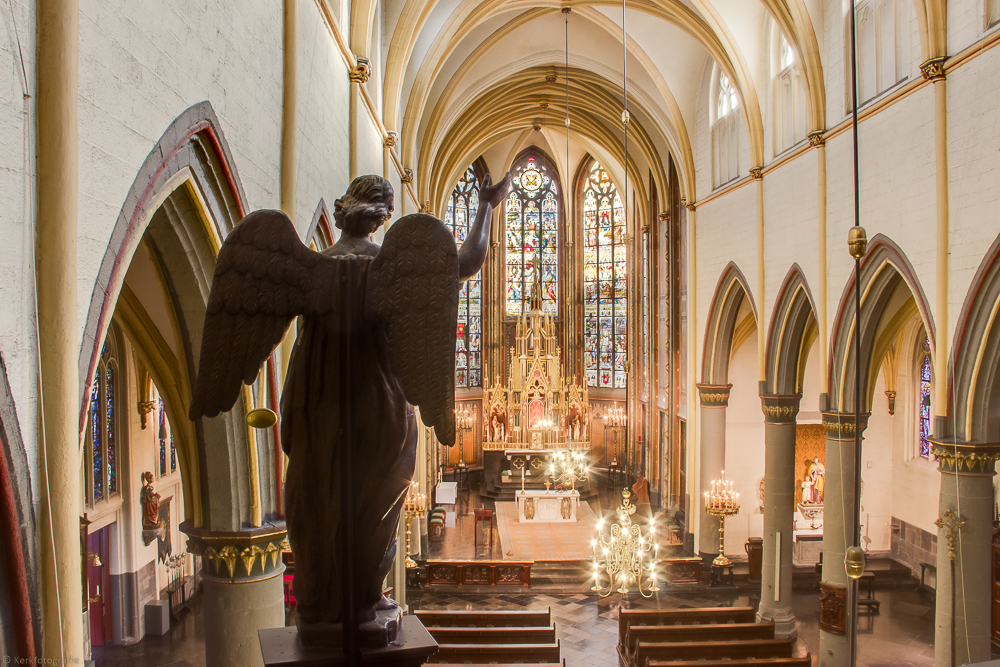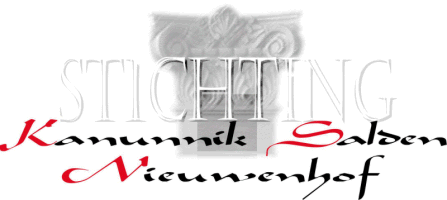Sint-Matthias church

Zaterdag 13 september
Saturday, September 13th
Zondag 14 september
Sunday, September 14th
Visit St. Matthias Church, which is reopening its doors to visitors. A visit to the walled garden, a municipal monument, is also possible.
St. Matthias Church, listed as a national monument in 1966, dates back to 1351 and has a unique and valuable collection. Much of the current inventory comes from the abolished monasteries of Maastricht. The parish originated in the Middle Ages as a split from the Saint Servatius parish.
The church has a rich interior with the following interesting elements:
- Church furniture: neo-Gothic high altar from 1859 designed by Karl Weber, from the 3rd Minorite Church and a Mary altar from St. Servatius Church, an 18th-century baptismal font
- Wooden statues: St. Cecilia by Jan van Steffeswert (1500-1525) and Pietà from around 1550.
- Copper chandeliers (donated by Petrus Regout), neo-Gothic chandeliers, candlesticks and paintings, and wall frescoes from various periods.
- The windows in the chancel were made by Atelier Nicolas in Roermond (late 19th century), and the side aisles and baptistery feature stained glass windows by Charles Eyck from 1959.
- Three-manual organ from 1808 by Maastricht organ builder Joseph Binvignat. Parts of the gallery and porch originate from the old Augustijnenkerk.
- Funeral objects: tombstones against the interior and exterior walls.
On both days, organ concerts will be given by Claudia Kranen-Moonen, regular organist at the Matthias, from 12:15 p.m. to 1:00 p.m. and from 2:45 p.m. to 3:30 p.m.
Descriptions are available in Dutch, English, German, French and Spanish.

Boottocht
Het terrein is ook per boot te bereiken. Rederij Stiphout heeft een pendeldienst naar Slavante en terug naar Maastricht voor € 9,- p.p.
Vertrekpunt Maaspromenade tussen 11.00 en 16.00 uur, elk uur
Vertrekpunt Slavante
tussen 11.20 en 16.20 uur, elk uur
Klik op onderstaande knop om tickets te bestellen.
























